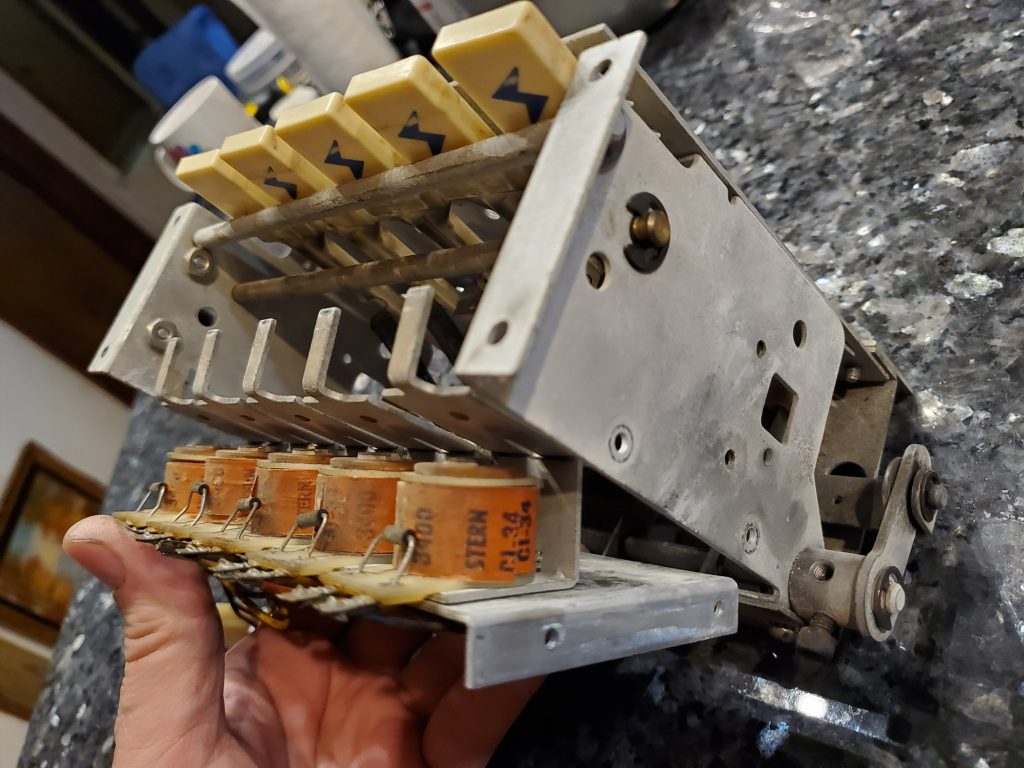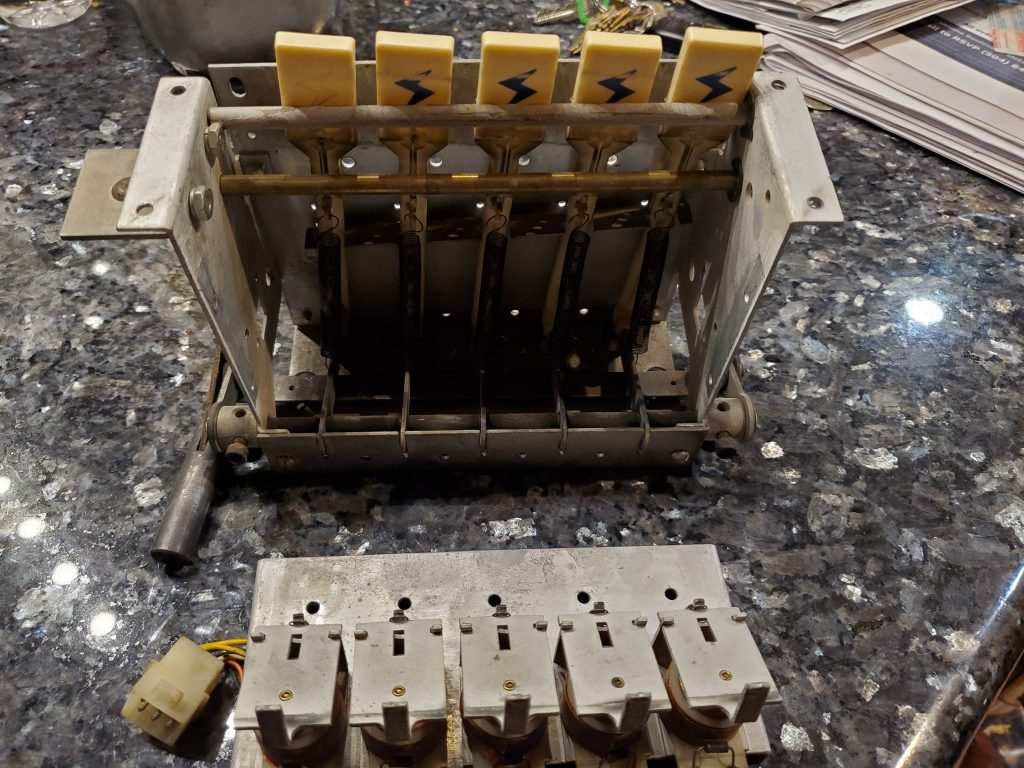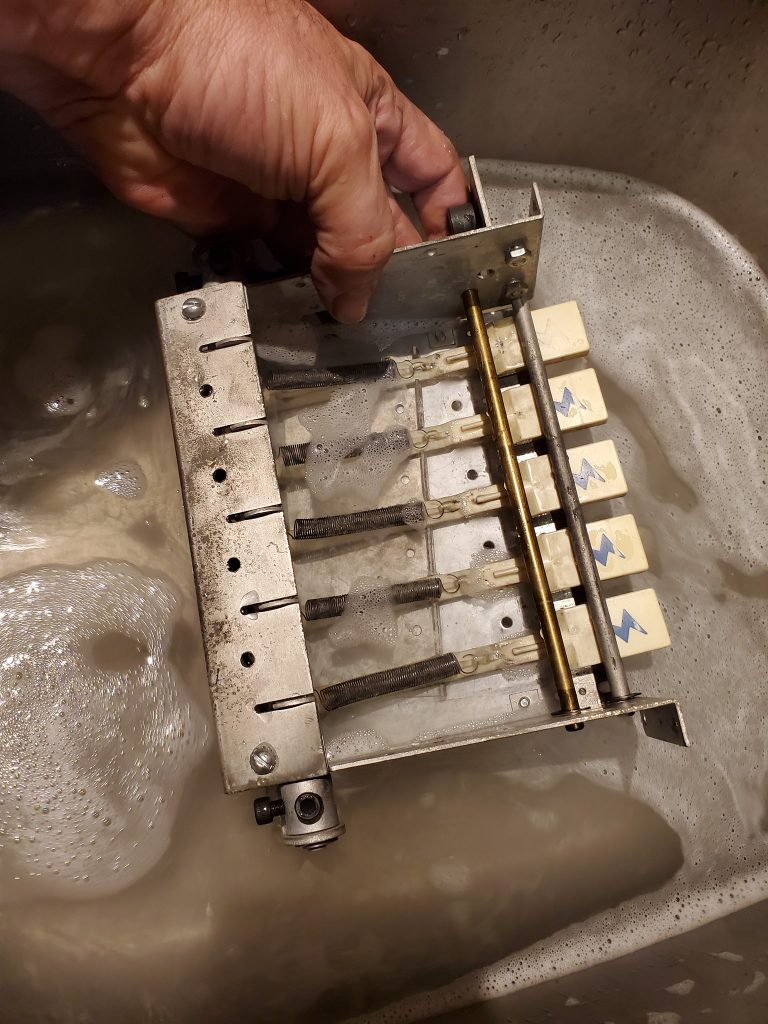This is a short video going over the steps to repair/rebuilt/refurbish early solid state pinball flipper assemblies, such as those on Stern and Bally games (but this also basically applies to most pinball machines). I go over the process specifically on a Stern Trident and show the specific style of plunger and assembly they’re using, but most games use similar parts. You can use these techniques to rebuild/refurbish pinball flippers on most games.
Also, there’s another thing I don’t cover on the video that may also be a cause for stuck/sticky flippers, and that’s crud around the flipper button. Sometimes the flipper button assembly can be dirty and the button may stick – that can also cause the flippers to not behave properly, so be sure to check and clean the flipper button regularly too!



